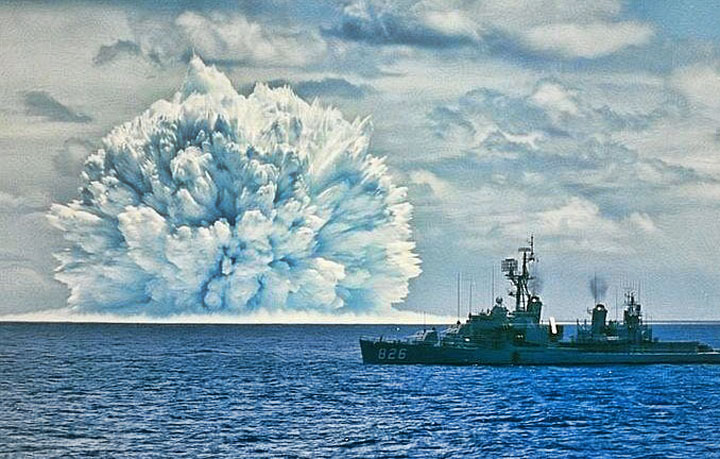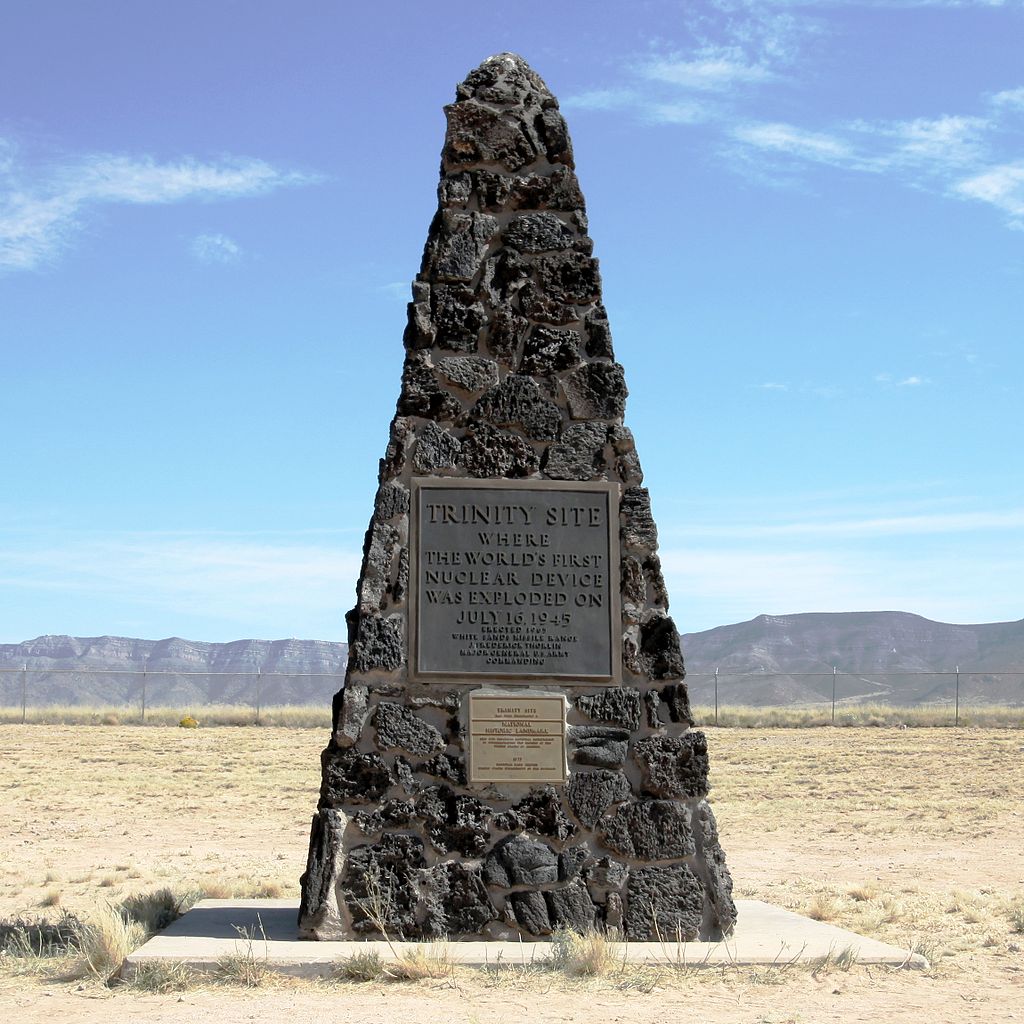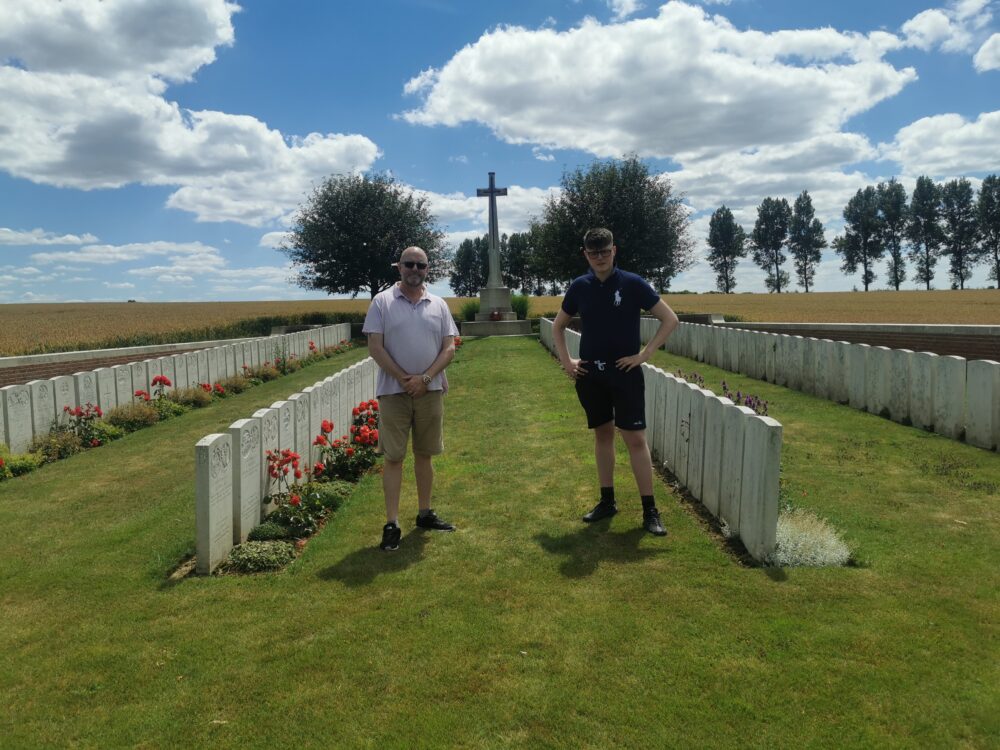Nuclear Victims: 75 Years after the first Nuclear Explosion, it’s time to help the forgotten victims.
Nuclear Victims from the first Nuclear Explosion
Hiroshima was the world’s first atomic bomb used in war – but it wasn’t the first detonation of an atomic weapon. That dubious honour goes to the ‘Trinity’ nuclear test on 16 July 1945 which heralded the dawn of the Atomic Age – and despite historical records, it was far from victimless. Here, we talk about these, and other nuclear victims history has chosen to forget.
Detonated in New Mexico, at the Alamogordo Test Range, that first plutonium-based implosion-type device nicknamed the “gadget” yielded 19 kilotons, which created a massive 300 metre wide crater when detonated. There was little known about radiation exposure and the risks it presented at the time – and the first nuclear victims had no idea what befell their land.
To what degree were New Mexico locals exposed to radiation?
650 people attended the Trinity detonation – but 40,000 New Mexico residents lived near the test site and many were affected.
They were neither warned of any danger nor evacuated before the test, and to this day, these nuclear victims have received no advice on dealing with radiation sickness after it, no apology or even any recognition, according to a recent report by Teri Schulz.
The Nuclear Regulatory Commission states that exposure to radiation should not exceed 2 millirem (about 0.002 Roentgen) of radiation in any one hour from external radiation sources in any public area.
Readings taken after the Trinity test recorded more than 10,000 times this recommended dose level. Some ranches were located within 15 miles of ground zero, and commercial crops were grown nearby. Exposure rates around 15 Roentgen per hour were measured at nearby ranches three hours after detonation. LiveScience reports that locals were exposed to this radiation from contaminated air, eating contaminated foods, and drinking affected water and milk.
So, given that these toxic levels were inflicted on it’s own population, just how many deaths and illnesses have occurred among these USA residents since that Summer’s day in New Mexico?
The answer appears to be, somewhat shockingly, no-one’s counting.
To this day, locals continue to suffer from the effects of massive radiation exposure from that first explosion in 1945.
Several weeks later, the bombs were used in War, with bombs being dropped on Hiroshima and Nagasaki in Japan – with these casualties being recognised. The earlier US casualties remain unrecorded, undocumented and feel forgotten. Receiving no apology or even recognition to this day, Tularosa residents describe themselves as “the first victims of the atomic bomb”.
The Mayor of Tularosa, a region less than 100 kilometers from the blast site told Schulz, “That bomb is still killing people”. Residents report high rates of rare and unusual cancers and the suffering continues to affect residents of all ages to this day, even in new generations.
Nuclear victims didn’t end after Hiroshima and Nagasaki
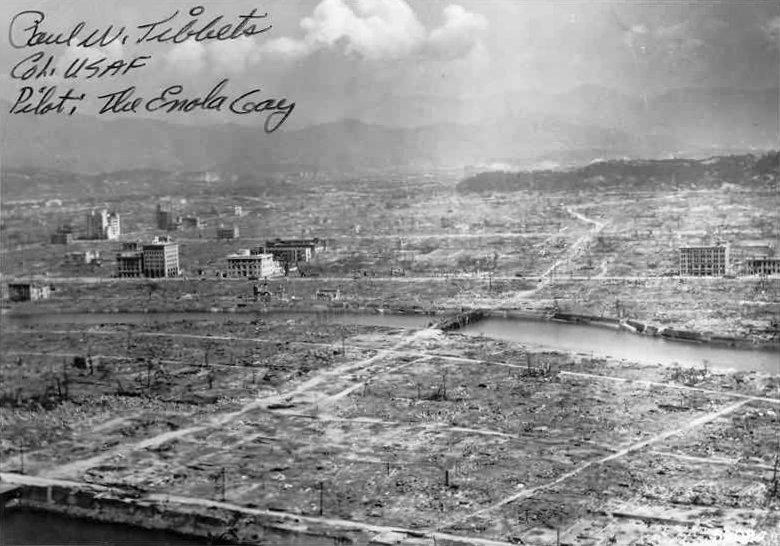
The first ‘recognised’ casualties from the wartime use of nuclear weapons in Japan are better known about.
The US bombing of Hiroshima was so destructive that the sheer scale of the first bombing had not been fully understood before the second at Nagasaki, as communications were totally annihilated.
The actual number of resulting casualties is impossible to measure – both cities had a significant migrant worker population, and the destruction means only estimates are possible. Within the first few months after the bombings, it is estmated that between 90,000 and 166,000 people died in Hiroshima, while another 60,000 to 80,000 died in Nagasaki. However these were the direct victims and to this day victims of radiation poisoning continue to suffer from strange cancers and other illnesses. Future generations seem to be affected and the entire scope of the long term damage has still to be seen.
Horrified by the attacks, Japan is a member and strong proponent of all the nuclear non-proliferation treaties and regimes, and has never developed a nuclear weapons program of its own.
However, after Japan’s surrender, war may have ended but the US Government continued it’s nuclear weapon research and development programme.
During these tests, uninformed, non-consenting civilians were treated like lab rats, providing data on the effects of radiation poisoning. Other countries swiftly followed suit, with over 2000 nuclear tests conducted across the globe. More than half of these were conducted by the U.S. nuclear testing programme, although the Soviet Union, United Kingdom, France, China, India, Pakistan and North Korea have all completed nuclear detonation tests. However, the Marshall Islands testing programme is perhaps the most worthy of critical scrutiny.
Nuclear Victims from The Marshall Islands
After U.S. Marine and Army forces defeated Japanese troops on both the Kwajalein and Enewetak atolls in February 1944, the atolls were turned into U.S. military bases.
Due to the remote location, sparse population, and other nearby U.S. military bases, the U.S. planned to test powerful nuclear weapons in the Marshall Islands. In 1947, the Marshall Islands became part of the Trust Territory of the Pacific Islands, created by the United Nations and then administered by the U.S. In 1946, the islands had a population of 52,000, and enjoyed a vibrant island lifestyle.

Between 1946 and 1958, the United States conducted 67 nuclear tests in the Marshall Islands. The U.S. conducted 23 of these tests at Bikini Atoll, and 44 near Enewetak Atoll, but fallout spread throughout the Marshall Islands.
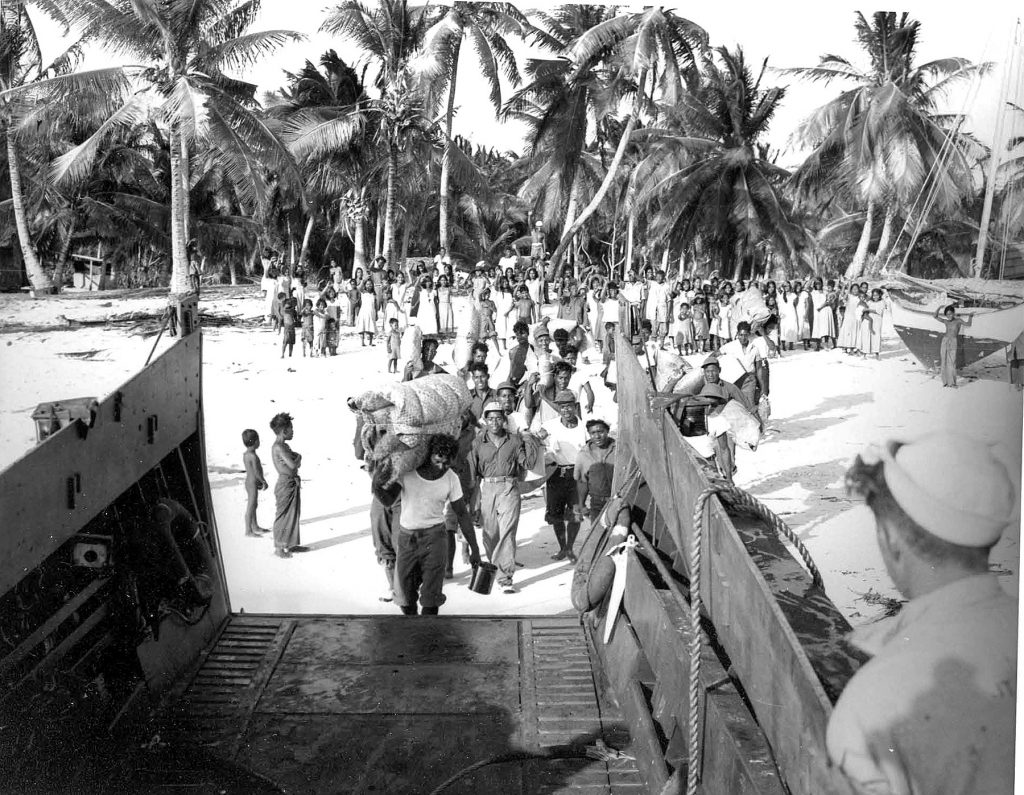
As the nuclear testing continued, nobody warned – or protected – the Marshallese. A Senator of the Marshall Islands Parliament, Jeton Anjain, explained the effects of Castle Bravo,
“Five hours after detonation, it began to rain radioactive fallout at Rongelap. The atoll was covered with a fine, white, powder- like substance. No one knew it was radioactive fallout. The children played in the ‘snow.’ They ate it.”
“They aren’t like us, civilised, but more like us than mice”
The release of previously classified documents alarmingly reveals that some working within the AEC actually had goals of studying humans living in radiation contaminated environments. It also alarmingly seems the decision to allow the Marshallese of Rongelap to return back to the Atoll in 1957 was not humanitarian, but based on the desire for scientific data. An AEC scientist attending the meeting to allow Marshallese to return to Rongelap had commented,
“It would very interesting to go back and get good environmental data, when people live in a contaminated environment. Now, data of this type has never been available. While it is true that these people do not live, I would say, the way Westerners do, civilized people, it is nevertheless also true that they are more like us than the mice.”
By 1985 the Marshallese fled Rongelap Atoll due to high levels of contamination. The U.S. in the 1990s began to clean up part of Rongelap Atoll, under a $45 million program, but many Marshallese understandably do not wish to return.
The Marshall Islands was told by the International Court of Justice in 2016 that their claim against three nuclear powers over their alleged failure to stop nuclear proliferation could not proceed. However, it wasn’t only the islanders who were exposed – the military personnel received little protection either.
Nuclear Victims: Military and Scientific Personnel
As well as those personnel who were physically present during nuclear testing, thousands of servicemen worldwide have been exposed to nuclear fallout from the 2000+ tests conducted since 1945. Some, but not all, were made aware of the risks.
Between 1977 and 1980, a coalition of United States military forces and civilian support teams had been sanctioned to ‘clean’ the Marshall islands of residual radioactive fallout. They were also exposed and currently, effects from that exposure have begun to manifest, taking a toll on many surviving Enewetak vets and contractors today. Decades later, sick survivors and their descendants are telling their stories.
British Nuclear Victims from Nuclear Testing
The British Nuclear Test Veterans’ Association confirms that the British Nuclear Testing Programme ran between 1952 and 1991. It was the largest Tri-Service operation since the D-Day landings. Over 22,000 British servicemen participated in Atomic Weapons Testing.
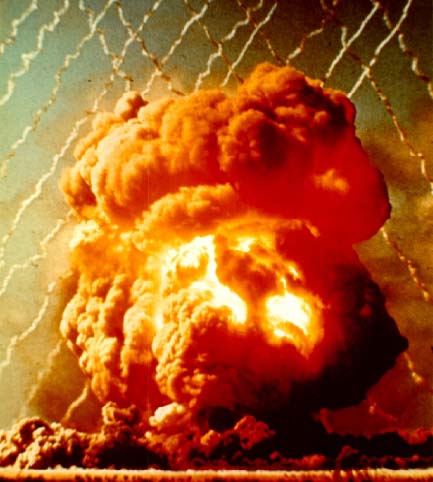
The tests were carried out at Montebello, Emu Field, Maralinga, Christmas Island and Nevada. British forces also participated in the American ‘Operation Dominic’ series of tests.
Unearthed documents reveal that the UK Government were aware of the risks to UK servicemen, their children and future generations, but allowed them to take part in the tests anyway. Widow Shirley Denson, 83, said in a Mirror report in 2018 that this was something her husband Eric had believed. He had received such a massive dose of radiation to his head in the 1958 flight that it caused crippling headaches so bad that he later killed himself saying he couldn’t stand the pain.
Two of their four daughters were born with abnormalities – as were some of their grandchildren and great-grandchildren.
The papers show Eric, 24 at the time, had his head alone exposed to 65 years’ worth of normal background radiation – the same as 17,500 dental X-rays – during just six minutes spent flying through the cloud at Christmas Island in the South Pacific. As the documents were exposed, Shirley said:
“It’s absolutely wicked. It’s evil. To see it in black and white after all these years took my breath away. It seems our government used and abused its own men.
“It makes me furious to think it was done on purpose, that my Eric mattered so little to them.”
British Nuclear Test Veterans’ Association chairman Alan Owen said:
“This is the first time in all our years of campaigning we have ever found evidence this strong.
“Our members always believed they were guinea pigs and this appears to prove some of them were, at best, collateral damage in horrifying experiments. We need to know everything – now.”
LABRATS – Supporting Nuclear Victims Worldwide
There is an organisation which represents all of the victims of the atomic weapons testing programme worldwide. Legacy of the Atomic Bomb. Recognition for Atomic Test Survivors (LABRATS) represents all individuals across the world who have been affected, and consider themselves to be one big family, connected together with a common bond.
The Atomic family includes service veterans, scientists, descendants and the indigenous people whose homes were devastated. Thousands of people across the world have been affected by the tests and there are many organisations and individuals across the world helping them. LABRATS brings these organisations together in one place, with over 100 videos, research papers, social media links and weekly blogs.
Many survivors reporting long term effects from nuclear testing are servicemen, who were also inadequately protected, including the UK’s 22,000 servicemen and 225,000 US forces.
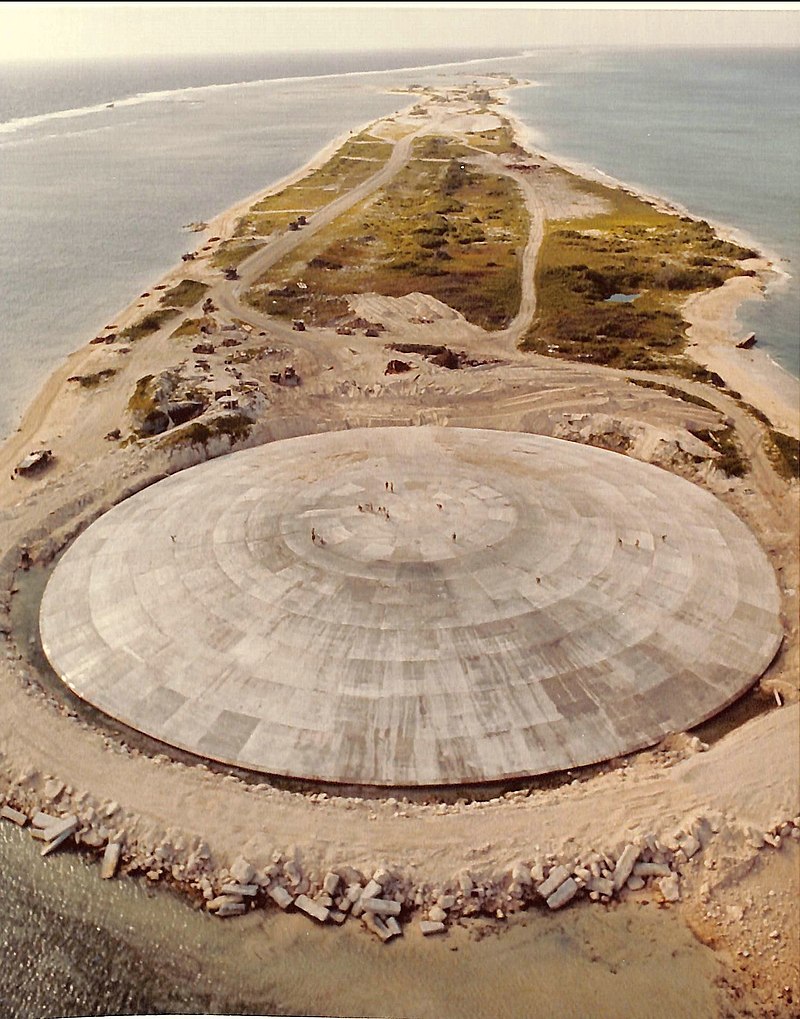
In later years, more servicemen were sent to contaminated areas to clean up the mess left by the tests, resulting in further victims.
Runit dome in the Marshal Islands stands as a reminder of these dark days. In a statement to mark the 75th anniversary of the first nuclear test this week, they said:
“There have been in excess of 2,000 nuclear tests across the world. Our world was changed forever by these tests and we must remember the sacrifices of these men, many dying at a young age and their families suffering with congenital defects. These servicemen have not been officially recognised, their fight for a medal continues, their fight for compensation. It is time for governments across the world to recognise this sacrifice, for many they are still engaging an invisible enemy.”
LABRATS wants to ensure that the servicemen and the civilians exposed during these tests are officially recognised and their families supported. You can view their website here: https://www.labrats.international/
These victims deserve, at the very least, equal recognition to that given to victims of the two bombs in Japan. We need to ensure the testing program is never forgotten, we need to educate future generations but more than anything, we need to support those affected – and to those citizens, servicemen and scientists who were inadvertently or negligently exposed – our Governments need to say sorry and make reparation to their families.
Images may be subject to copyright and are shared for information purposes only.
